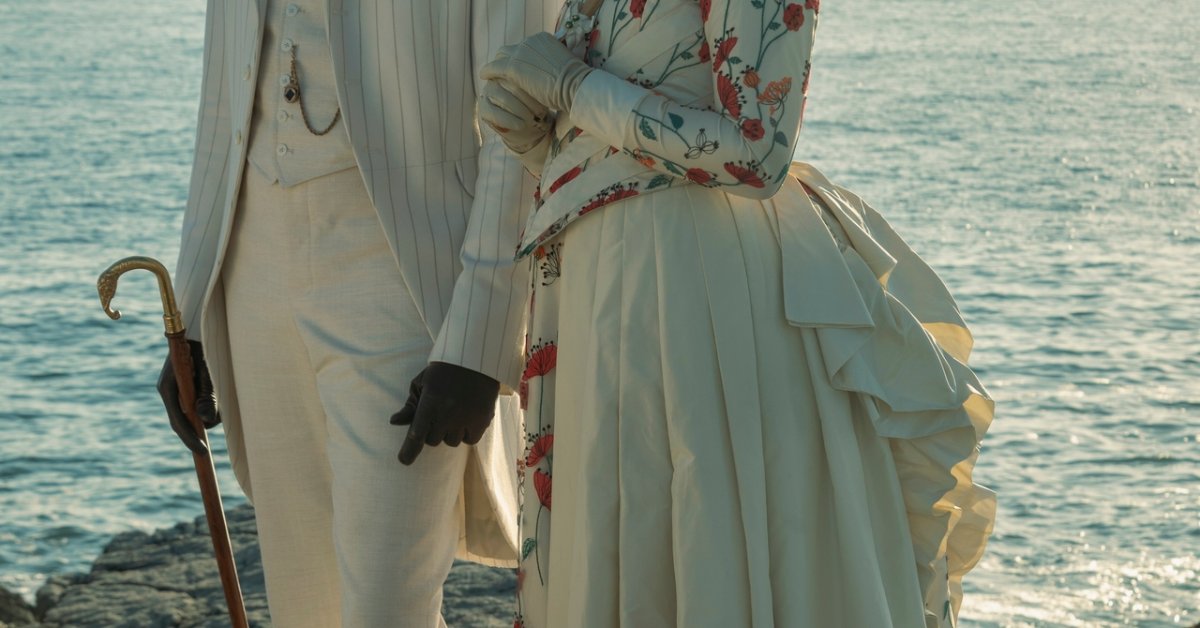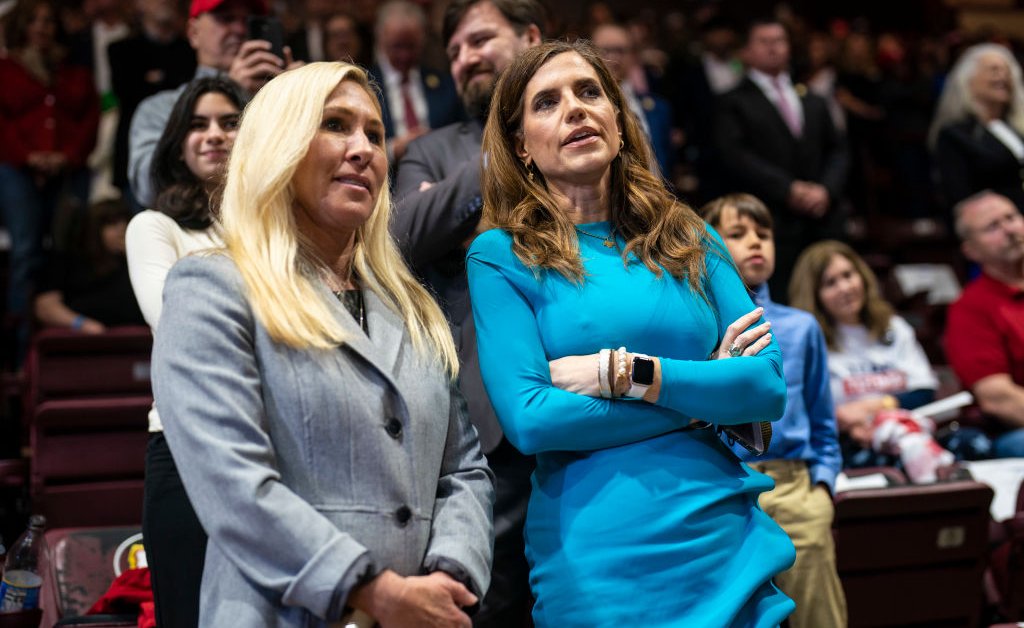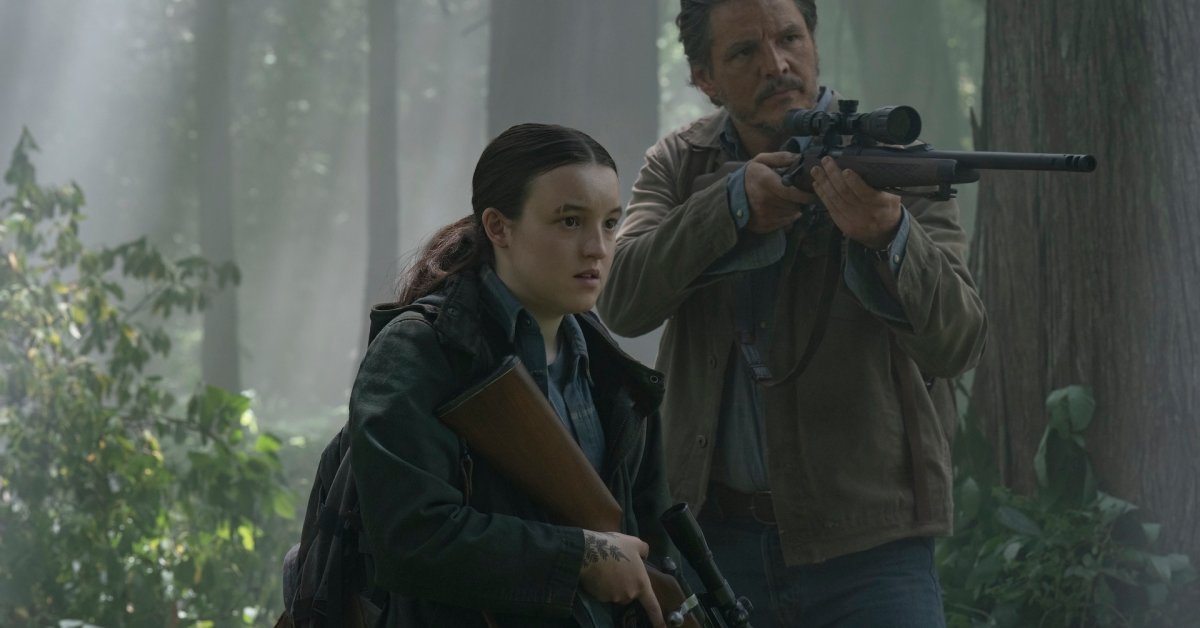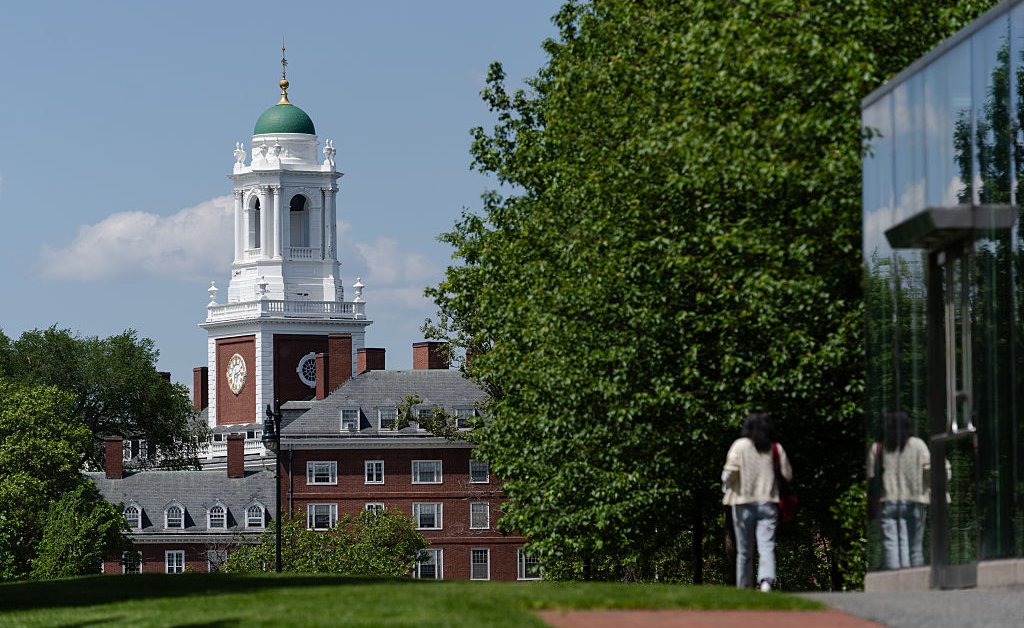Throughout HBO’s The Gilded Age, currently airing its third season, there are frequent references to Newport, Rhode Island. For the rich socialites of New York, Newport was a popular summer holiday, and in the show, we see several characters get together for tennis matches, card games, and lavish parties at their vacation homes.
The latest episode of The Gilded Age, titled “Love Is Never Easy,” visits Newport again when Peggy Scott (Denée Benton), an ambitious writer and socialite Agnes van Rhijn’s secretary, goes to Newport with her parents to stay with a cousin as she recovers after a long illness. Peggy ends up being courted by the doctor who treats her, and learns that his family is prominent in Newport’s Black community.
Here’s what to know about the history of this popular seaside city and its residents.
How Newport became a summer destination for the rich

As early as the 18th century, wealthy southerners headed north to Newport to escape the malaria and yellow fever outbreaks on plantations. The third season of The Gilded Age takes place in 1884, which is when Newport “begins to become the ultimate summer destination for the rich of New York,” according to Nicole Jeri Williams, Curator of Collections at The Preservation Society of Newport County.
The show portrays a singular period in time. Back then, “really rapid industrial growth created the immense fortunes of the robber barons,” Williams explains. “There was also a lack of government oversight and regulation–a really laissez faire economic environment. And there was no federal income tax, so all of that produced the massive industrial fortunes of the Gilded Age. A lot of these folks wind up summering in Newport.”
During the Gilded Age, elite New Yorkers who made their fortunes in railroads, mining, steamships, and finance were drawn to Newport’s ample properties overlooking the Atlantic Ocean.
Ward McAllister (played by Nathan Lane in the show) was one of the social arbiters who helped start the trend of vacationing in Newport. He charmed the socialites with his Georgia accent, tales of travels in Europe, and overall “just lived as a professional snob,” as Williams puts it. He was a “sidekick” to Caroline Schermerhorn Astor, who decided who’s “in” and who’s “out” in society, and spent a lot of time at her Newport mansion Beechwood. But he started falling out with the socialites when started to leak stories about them to the press, and fully lost their trust after he published his 1890 tell-all Society as I Have Found It.
Mamie Fish (Ashlie Atkinson) is another socialite who hosted some of Newport’s most legendary events. She was known for throwing themed parties, like one where attendees dressed up as characters from nursery rhymes. Sometimes attendees were required to talk in “baby talk.” And she even hosted a dogs dinner, treating socialities’ pampered pooches to a meal cooked up just for them. There was so much food that one dachshund passed out from eating too much, and the party became ridiculed in the press as an example of Gilded Age excess and extravagance.
Then and now, the Cliff Walk, a rocky path that runs alongside the luxurious mansions, provided an opportunity to glimpse the houses and was also a “social world” of its own, according to Williams. Servants would go down to the Cliff Walk for swimming, drinking, and dancing.
Even if they didn’t have houses in Newport, elite New Yorkers made a point to visit the seaport city in the summer. For example, JP Morgan did not have a summer house in Newport, but he would take his yacht there and do some fishing.
Newport’s thriving community of Black Americans

People of African heritage have been living in Newport since the 17th century. Newport is also home to America’s oldest burial ground for enslaved and free Africans.
By 1884, schools in Rhode Island had been desegregated for nearly two decades. “We tried to show, through our characters this season, that there is a long history of free black life in New England and specifically in Rhode Island,” says Erica Dunbar, historian and co-Executive Producer of The Gilded Age. “Remember, slavery was gradually dismantled across New England, the middle states in New England, in the early 19th century, so that by the time we hit the 1880s, we have generations of people who have been free—up to 40 years of free black life in a place like Newport.”
Keith Stokes, Rhode Island’s historian laureate, is a descendent of the real person who inspired the pastor in The Gilded Age, whose doctor son is pursuing Peggy Scott. Reverend Mahlon Van Horne—who inspired Frederick Kirkland in the show and played by Brian Stokes Mitchell—was a pastor of Newport’s Union Colored Congregational Church. He boasted many firsts, as the first person of color elected to the Newport school board, and the first Black member of Rhode Island’s General Assembly, where he participated in passing early civil rights legislation. During the Spanish-American War, President McKinley appointed Van Horne as Special Counsel to the Danish West Indies. Dunbar says that Van Horne’s political career reflects a broader trend of Black elected officials serving during Reconstruction after the Civil War.

“He’s the forerunner of Martin Luther King and the 20th century black ministers who are blending religion and social justice together in advancing equal rights,” Stokes explains. “He’s one of the most significant African-American leaders in America here at that time.”
As the summer vacationers grew in size, so did the business opportunities for Black entrepreneurs. Bellevue Avenue boasted transportation companies, dress-making, hair styling and barbering, catering services, and lady-in-waiting support services.
Mary Dickerson, who appears in the last episode of the season, established a dress-making establishment on Bellevue Avenue, which catered to the summer residents. In the show, she helps Peggy Scott’s mother, Dorothy Scott ( Audra McDonald), try on a dress for a ball. The real Mary Dickerson was also active in women’s rights causes. In 1895, she helped found the Women’s Newport League, which set up a daycare in the city. In 1896, she was a founding member of the National Association of Colored Women’s Clubs, and in 1903 she established the first federation of African American Women’s Clubs in Rhode Island.
There were also three African heritage medical professionals in Newport during the Gilded Age. While Dr. Kirkland is not technically based on a real historical figure, Stokes sees him as a composite of notable Black healthcare providers in Newport. Alonzo Van Horne, Stokes’ great-great-uncle, was the first dentist of African heritage in Rhode Island. And Marcus Wheatland, known as the doctor of the swells, was a medical practitioner and a pioneer of X-rays as a diagnostic tool.
Through the Black characters of Newport in season 3 of The Gilded Age, Dunbar hopes viewers will get a better sense of “the generations of free black people living and thriving.” The diversity of characters provides “a rich and textured understanding of black America at that moment.”








